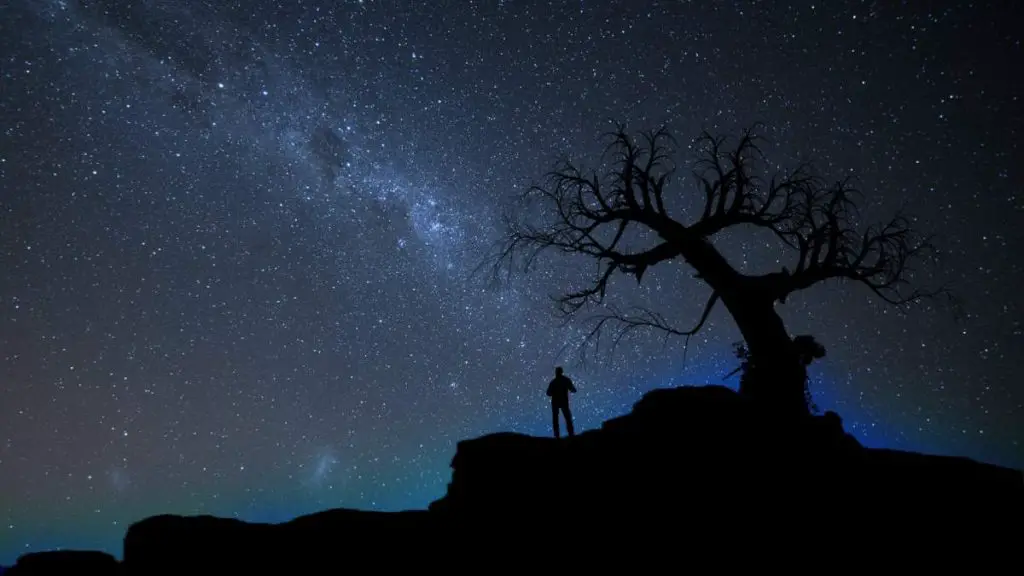When you look up at the night sky in a place without light pollution, the view is magnificent: thousands of stars and the Milky Way galaxy offer a unique visual feast. But have you ever wondered how many stars you are looking at at that moment? How many stars can you see in the sky with the naked eye?
The Bright Star Catalogue
The Bright Star Catalogue, often referred to as the Yale Catalogue of Bright Stars, is a comprehensive astronomical catalog listing all stars of apparent magnitude 6.5 or brighter, visible to the naked eye from Earth. First published in 1930 by Frank Schlesinger and Louise Jenkins at Yale University, it contains 9,110 objects, of which 9,095 are stars, 11 are novae or supernovae, and 4 are non-stellar objects.
The catalog provides data on stellar coordinates, magnitudes, spectral types, and proper motions. It is a crucial resource for astronomers and researchers, facilitating the study of bright stars and aiding in navigation and observational astronomy.
According to its 5th Revised Edition, the total number of stars that can be seen with the naked eye is 9,095. But, in fact, that’s not the number of stars one can see when looking up the sky without the aid of a telescope or binoculars.

The Number of Stars Visible to the Naked Eye
First of all, we can only see half of the celestial sphere at any given time, so we should divide the number provided by the Bright Star Catalogue by two, giving us roughly 4,548 stars (9,095/2). Theoretically, if there is no light pollution around us, we should see around 4,500 stars on a dark, moonless night, assuming our eyes are in healthy condition.
However, the real number would be slightly less because some stars would be lost in the haze around the horizon. A young to middle-aged person with normal vision (as you get older, your eyes become less sensitive to faint light) should see around 4,000 stars in the sky.
But astronomers don’t fully agree on this number. Some experts say the figure given by the Bright Star Catalogue is unrealistically high, suggesting that there are only around 5,000 stars visible to the naked eye. Since you can see only half of them from one side of the Earth, the number should be around 2,500.
Therefore, we can say that between 2,500 and 4,000 stars can be seen with the naked eye on a clear, moonless night, far from light-polluted areas.

Related: 7 Biggest Stars in the Universe
What is magnitude?
Astronomers use the stellar magnitude scale, or apparent magnitude (m), to measure the brightness of stars and planets. This scale is logarithmic, with each magnitude being about 2.5 times brighter than the one below it (specifically, the 5th root of 100, or approximately 2.512). The brighter an object appears, the lower its magnitude value, creating an inverse relationship. The brightest astronomical objects have negative apparent magnitudes; for example, Sirius, the brightest star in the Earth’s sky (other than the Sun, of course), has an apparent magnitude of -1.46.
The Sun’s apparent magnitude is approximately -26.74. This makes it by far the brightest object in the Earth’s sky.
The apparent magnitude of the Moon varies depending on its phase, but at its brightest (during a full moon), the Moon’s apparent magnitude is approximately -12.74.
How many times brighter is the Sun than the Moon?
To determine how many times brighter the Sun is than the Moon, you can use the formula for comparing apparent magnitudes:
Brightness ratio = 2.512(m2-m1)
The calculation of the brightness ratio of two objects in the sky, using their magnitudes (m)
Given:
- The Sun’s apparent magnitude, m1 = -26.74
- The Moon’s apparent magnitude, m2 = -12.74
Plugging in these values:
Brightness ratio = 2.512(-12.74 – (-26.74)) = 2.51214
Using a calculator, 2.51214 ~= 400,000
So, the Sun is about 400,000 times brighter than the full moon.
How many times brighter is the Sun than Sirius?
We apply the same math to the Sirius:
Brightness ratio = 2.512(-1.46 – (-26.74)) = 2.51225.28
2.51225.28 ~= 1.7 x 1010
So, the Sun is approximately 17 billion times brighter than Sirius.
Sources
- “How Many Stars in the Sky?” on Sky and Telescope
- “How many stars can you see?” on EarthSky
- Bright Star Catalogue on Wikipedia
- “How Many Stars Are There in the Sky?” on The Atlantic
- How Many Elephants are Left in the World in 2025? - August 17, 2025
- Moon Landings: All-Time List [1966-2025] - February 2, 2025
- What Is Max-Q and Why Is It Important During Rocket Launches? - January 16, 2025
